Oxfordshire Mind’s Physical Activity Team are offering a weekly ‘virtual walk’, this week the team are visiting Uluru in Australia.
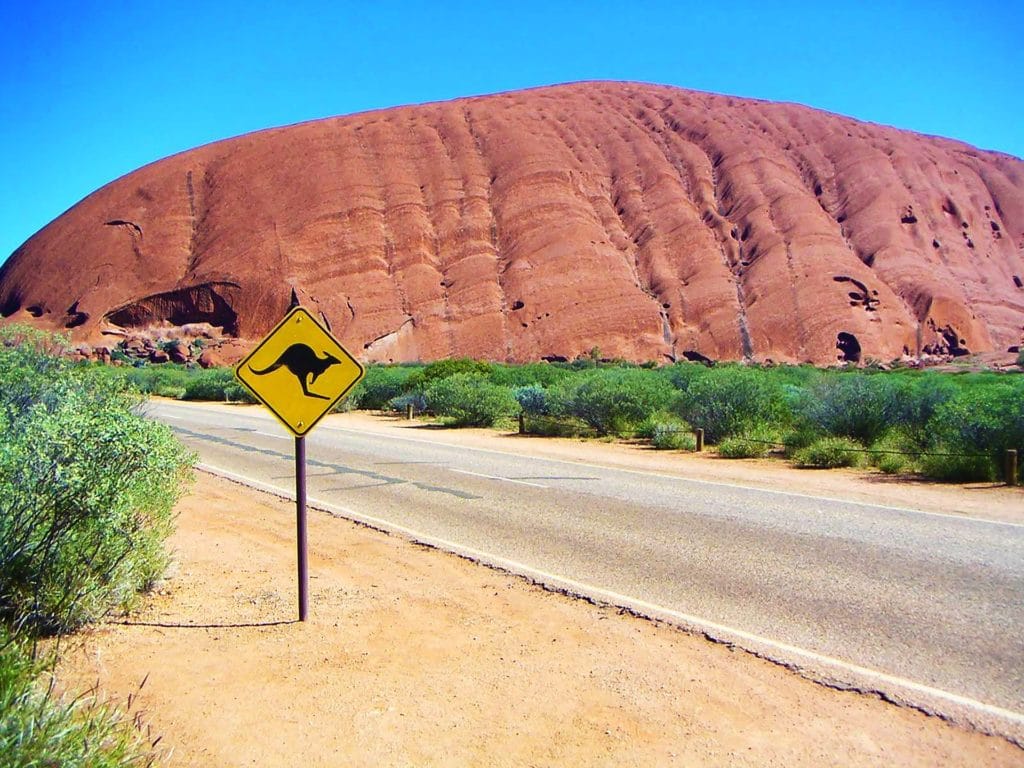
Hello everyone.
What do you think of, when you think of the beginning of time? What if I told you that there is a place where the people still remember what that looked like, and could show you the marks of it on the landscape?
Uluru, that distinctive red rock at the heart of the Australian outback, is as much a national icon as vegemite, the barbeque, or the Great Barrier Reef. But it’s also so much more than that. Uluru and its surroundings have been inhabited by indigenous people for more than 10,000 years. The land here is deeply sacred, crossed by iwara or songlines, sacred paths where ancestral beings moved across the landscape in the time of creation. The Tjukurpa, or oral traditions surrounding these beings, are the foundation of the local Anangu people’s way of life, at once moral code, map of the landscape, and guide to survival in the desert, linking a religious philosophy with a deep and intimate knowledge of the physical environment and local plants and animals.
As the indigenous custodians explain on the park website:
“In the same way that a house needs to stand on strong foundations, our way of life stands on Tjukurpa.”
When Anangu move through the landscape, they see not only the shapes of the rocks and the trees and the desert, but a living, breathing story linking past, present and future. This approach seemed like something we could all learn from, and I will attempt to convey some of it as we walk around Uluru national park today. These are not my stories, so apologies in advance for the bits I will inevitably get wrong. There is plenty of information online if you would like to do your own research.
So here we stand at the base of Uluru. To get there, we flew into Alice Springs, the nearest town, and made the 5-hour drive through the desert to reach the rock itself. Australia’s so called ‘red centre’ spread out before us as we travelled, a wide, sizzling plain the colour of bricks, scattered with low scrubby bushes. In the distance we spotted red kangaroos hopping along, and reached for our cameras, eager to capture the first glimpse of this typical Australian scene.
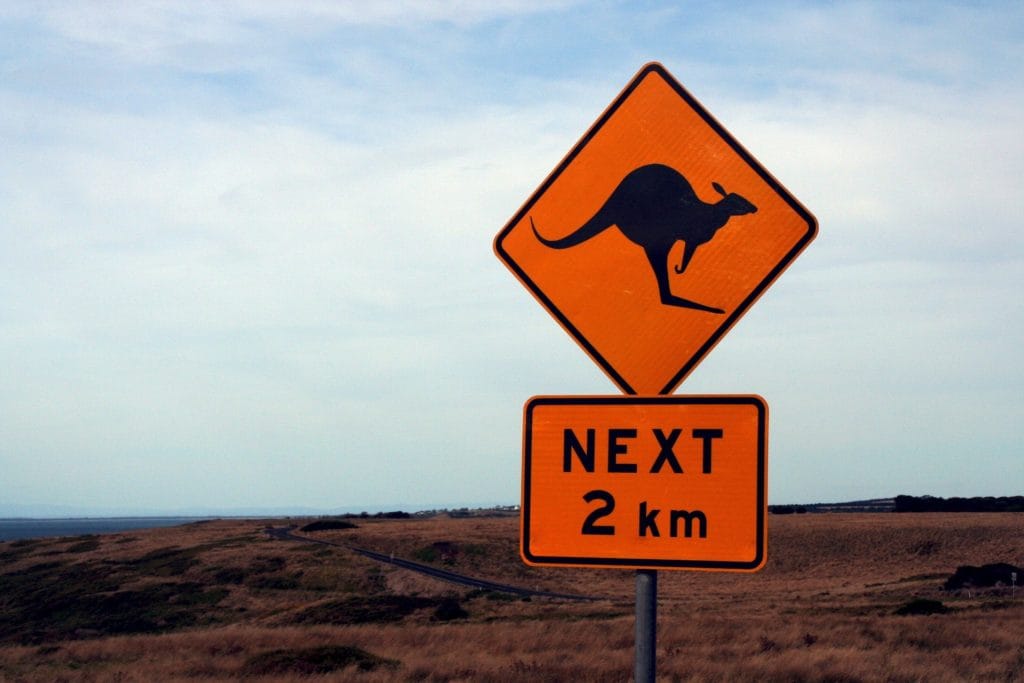
Now it’s early evening, a perfect time to take in Uluru as the sun begins to set. Gather round. I would like to begin by acknowledging the Anangu people, Traditional Custodians of the land on which we gather today, and pay my respects to their elders, past and present.
Let’s just take in the scene for a moment. Unlike most other mountains, which have foothills and neighbouring peaks, Uluru stands completely alone. It simply rears up all of a sudden out of the vast flat emptiness, a huge rust-coloured boulder sitting there as if it were dropped straight out of the sky. It’s impressive enough from a distance, but close to you really appreciate the enormity of it.
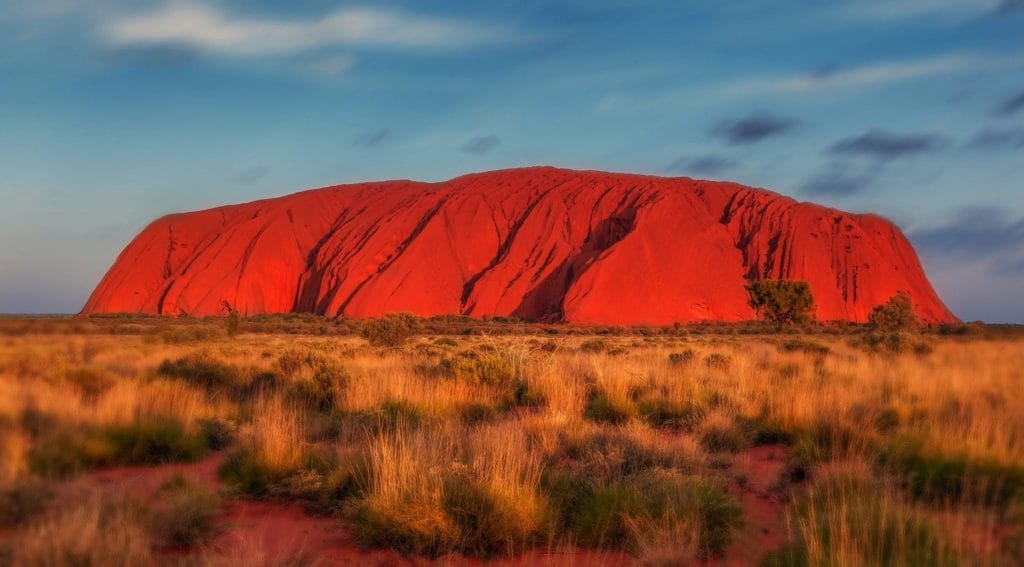
This section of the base walk gives you a chance to see the textures of the rock and all its different cracks and crevices. Reach out and touch all the bumps and grooves. Feel the rough texture against your skin. Having sat in the sun all day, it’s still warm to the touch, and it’s glowing a bright, almost neon orange from the last golden rays of the sun as it sinks towards the horizon.
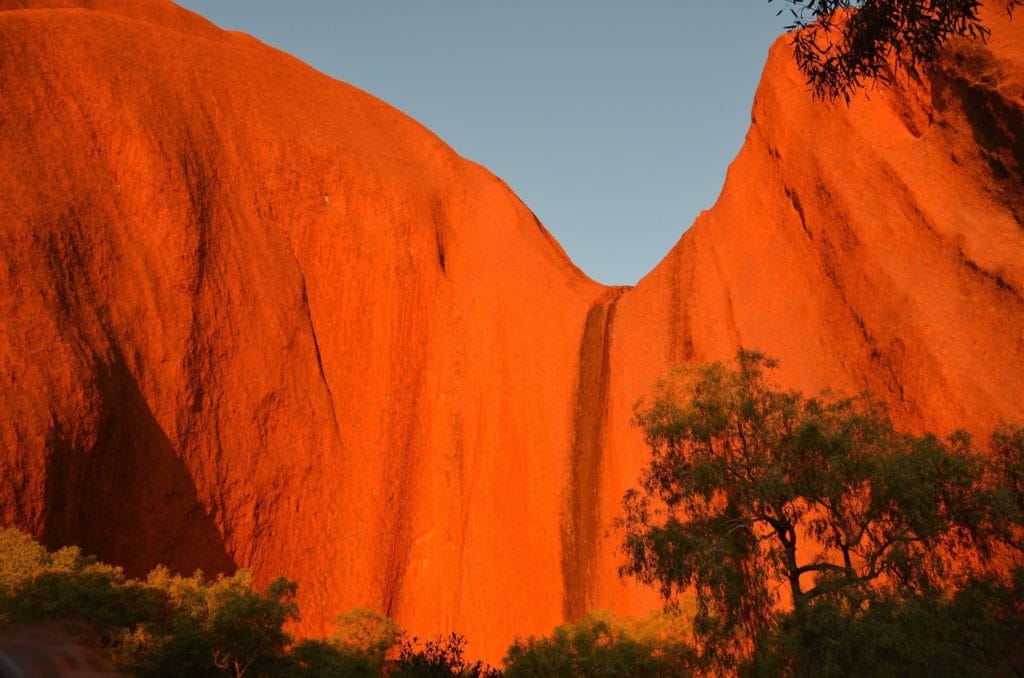
We begin to walk along the trail. You see those marks that look like smoke and ash on the sloping sides of the rock? That’s where one of the ancestral beings- Lungkata, the blue-tongued lizard- fell down Uluru. The story goes that Lungkata was hunting around the southern base of the rock, and came across an emu that had been wounded by other hunters. Even though he knew it was wrong to steal other people’s kills, he went ahead and did it anyway. When the panpanpalala birds who had actually wounded the emu came looking for their bird, he lied and said he hadn’t seen it. The hunters quickly figured out what had happened, though, and began to chase him. Lungkata tried to escape by climbing up Uluru, but his pursuers lit a huge bonfire beneath him. He was burnt by the flames and choked on the smoke, and began to roll back down the mountain, leaving bits of his flesh stuck to the rock as he did so. Finally there was nothing left of him but a small stone.
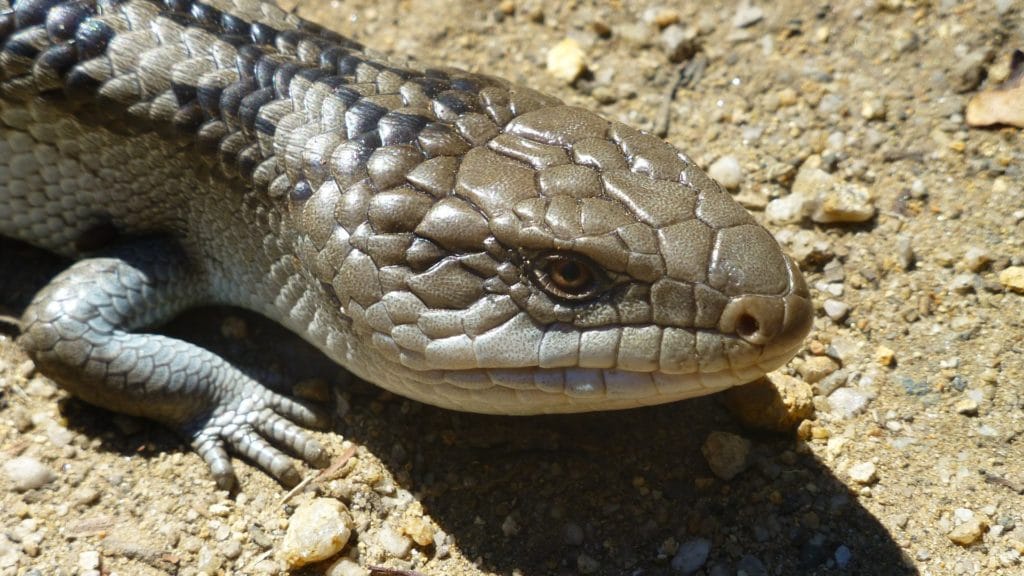
This story has many layers. As well as teaching us about the perils of greed and the importance of not stealing from others, it also illustrates why you shouldn’t climb Uluru. This was officially banned in October 2019, but for years beforehand Anangu were asking people not to do it, both because the climb involved crossing a sacred path and because it was known to be dangerous.
Not only that, but there’s a concrete link to the natural environment. High above our heads the rock splits into caves full of hundreds and hundreds of birds. Hear that? That’s the panpanpalala bird, who Lungkata stole from. It gets its name because that’s exactly what its call sounds like: panpanpalala, panpanpalala. This just goes to show how much these stories still resonate in everything we see around us.
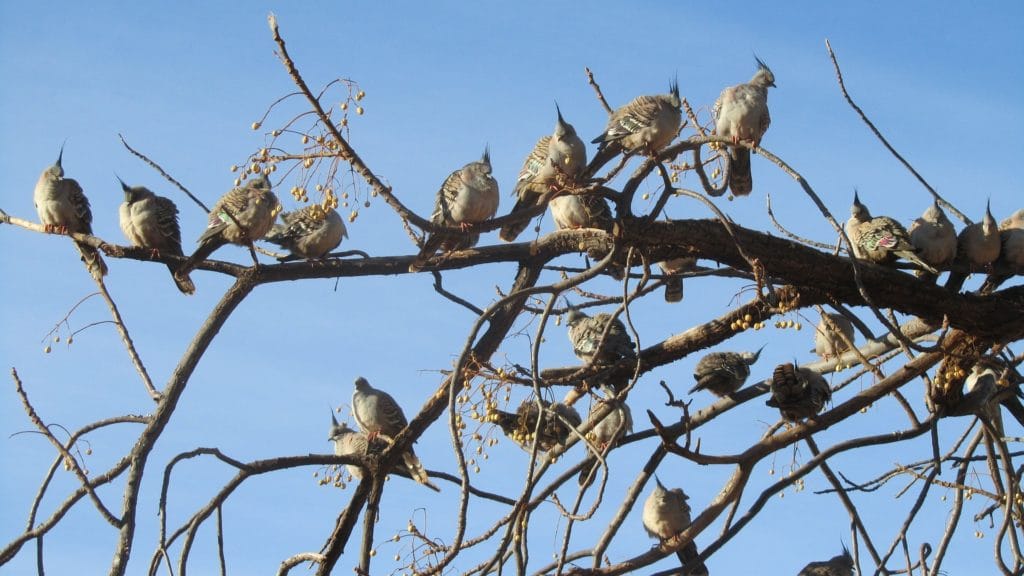
Now the light is fading fast, casting deep, lengthening shadows over Uluru. It is time to start walking back to the start of the trail, so we’re not walking in the dark. See you next week for another walk!


